What’s the Buzz
The Bee Healthy Blog
What Does the Fight or Flight Response Mean?

-
The fight-or-flight response is a stress response that occurs as a reaction to dangers or threats. It is a survival mechanism designed to keep you safe in dangerous situations.
-
The type of stress response that occurs as your body prepares for danger depends on the trigger and your past experiences. They can include fight, flight, freeze, or fawn.
-
“Fight” is an instinctive reaction to defend yourself when faced with a threat. “Flight” is your body’s reaction to escape danger. “Freeze” causes your body to become immobilized or “frozen.” “Fawn” means to attempt to appease the threat to avoid harm.
Understanding The Fight-Or-Flight Response
The fight-or-flight response is a stress response that occurs as a reaction to dangers or threats. It is driven by a part of the central nervous system called the sympathetic nervous system. The flight-or-fight response triggers the release of hormones that cause you to stay and fight or run for your life. This is a survival mechanism, designed to keep you safe in dangerous situations. The specific reactions or stress responses that occur as your body prepares for danger depend on the trigger and your past experiences.
Note: It is “fight” or flight and not the “flight” or flight response (which is an incorrect term).
Parasympathetic and Sympathetic Nervous System
The autonomic nervous system in the body controls involuntary functions such as breathing, heartbeat, blood pressure, and the tightening and relaxation of airways in the lungs and blood vessels throughout the body. There are two main parts of the autonomic nervous system—the sympathetic nervous system that triggers and drives the fight-or-flight response (think of it as the gas pedal in your car) and the parasympathetic nervous system that calms the body after the danger has passed (like the brakes in your car).
Mechanisms of the Acute Stress Response
In the presence of a real or perceived threat, the sensory organs (eyes, ears) send information (sounds and images) to a part of the brain called the amygdala, which is responsible for emotional processing and emotional regulation.
If the amygdala interprets these signals as dangerous, it sends a distress signal to the hypothalamus, the brain’s command center. The hypothalamus triggers a cascade of events in the brain that happen within seconds, resulting in sympathetic arousal. Below are the different stages of stress and the natural body responses in each stage.
Alarm reaction stage
-
The fight-or-flight response takes place during the alarm reaction stage, where the sympathetic nervous system is activated.
-
In turn, it triggers the release of epinephrine (adrenaline), norepinephrine (noradrenaline), and cortisol, the natural stress hormones in the body.
-
The release of these stress hormones increases heart rate, breathing rate, and blood pressure, in addition to boosting energy during this stage.
Resistance stage
-
After the fight-or-flight response, the body enters the recovery phase. Here, the previously heightened blood pressure, heart rate, and breathing rate gradually return to normal, and cortisol levels stabilize.
-
Even though the initial stress has passed and the body is recovering, it remains alert.
-
If the danger is no longer present, the body continues to recover until all the vital signs (heart rate, blood pressure, breathing rate) and cortisol levels are normalized.
Exhaustion stage
-
The exhaustion stage occurs when the first two stages (alarm reaction and resistance) continue to repeat, affecting the body physically and mentally.
-
This is what happens with chronic stress: The body perpetually tries to handle the fight-or-flight response and then repairs itself.
-
Without stress being resolved entirely, the body will change to adapt to continuing stress. Blood pressure will remain elevated, and stress hormones will remain present.
-
Over time, these changes in the body to cope with stress will eventually lead to burnout, depression, anxiety, and chronic fatigue.
Common Triggers and Examples of Real-Life Situations: What Is Fight or Flight a Response To?
Flight or fight can be a response to:
-
Real threats (for example, someone pointing a gun at you).
-
Perceived threats (for instance, a person walking behind you in a dark alley).
-
Imagined threats (feeling like there’s someone in the shadows).
Common triggers for stress responses can also be classified as:
-
Physical danger, for example, a dog growling at you, turbulence on an airplane, being mugged or being involved in a car accident.
-
Psychological stress, such as the work pressure of preparing for a big presentation or studying for an exam.
-
Thrilling activities, such as watching a scary movie or riding a roller coaster.
The acute stress response is different from post-traumatic stress disorder (PTSD), which is a lingering stress response after a traumatic event. The response to acute stress (fight or flight response) occurs within seconds without you even being aware of it. For example, fight or flight causes you to jump out of the way of an oncoming car. In contrast, the traumatic response makes your muscles tense and causes anxiety every time you cross a road after this stressful event.
What Happens During The Fight-or-Flight Response
Types of Stress Responses
-
Fight: This is an instinctive reaction to defend yourself when you confront a threat or fight back to subdue or overcome a danger.
-
Flight: This is your body’s reaction to make a run for it and to escape the danger to protect yourself.
-
Freeze: This stress response causes your body to become immobilized or “frozen” in response to danger. For example, standing absolutely still to avoid being noticed by a dangerous animal.
-
Fawn: This stress reaction refers to attempts to appease the threat to avoid harm. For example, speaking softly to a grizzly bear in a low voice while backing away. Or trying to please an attacker by being submissive or attempting to gain favor with them.
Nervous and Endocrine System Changes: What Happens When Your Body is Stuck in the Fight-or-Flight Response?
As mentioned, in response to danger, the amygdala sends a distress signal to the hypothalamus, as part of the autonomic nervous system. This causes the sympathetic nervous system to send signals to the adrenal glands to release stress hormones into the bloodstream.
Circulating catecholamine hormones, epinephrine (adrenaline), and norepinephrine (noradrenaline) cause physiological changes throughout the body. Blood rushes to vital organs such as the heart, lungs, brain, and muscles.
Increased secretion of stress hormones causes physical effects to help you react quickly, such as increased heart rate, increased blood pressure, faster breathing rate, increased blood flow to the muscles, and increased muscle tension to provide the body with additional speed and strength.
The extra oxygen breathed in through your lungs is sent to key areas of your brain to increase alertness and sharpen your senses. However, areas of the brain involved in higher cognitive functions, such as the prefrontal cortex, don’t receive this extra blood supply, which can explain why people sometimes don’t act rationally during stressful situations.
These hormones also cause glycogen release (glucose and fat to be released from energy stores) to provide a readily available, short-term supply of energy, which explains the burst of energy during stressful situations.
Physical Signs and Symptoms: How Do You Know If You're in Fight or Flight?
The fight or flight response in life-threatening situations acts at multiple levels to put the body on high alert. You may experience signs and symptoms such as:
-
Cardiovascular responses (increased heart rate, high blood pressure, and increased cardiac output or the heart pumping more blood)
-
Respiratory system responses (fast, heavy breathing)
-
Increased blood sugar
-
Dilated pupils for better vision by letting in more light
-
Pale or flushed skin
-
Cold and clammy hands due to blood being redirected to vital organs
-
Increased sweating
-
Goosebumps
-
Blunting of pain until the danger has passed (people with severe injuries often don’t feel any pain until later)
-
Heightened senses and hyperarousal
-
Increased muscle tension in the skeletal muscles
-
Trembling
-
Loss of bowel or bladder control
Evolution of the Fight-or-Flight Response: Historical Perspective and Role in Human Survival
Ancient humans had to protect themselves from wild animals, withstand severe weather conditions, and hunt for every meal. The fight-or-flight response evolved to help humans survive life-threatening situations in prehistoric times when threats and danger were all around.
In the modern world, danger is less prevalent. But the fight-or-flight response remains inbuilt into our bodies.
Impact of the Fight-or-Flight Response
Acute vs Chronic Stress
The fight-or-flight response involves an acute reaction, which is a survival mechanism. It triggers physiological responses to prepare your body to confront or escape danger.
But sometimes, the fight-or-flight response gets triggered even during stressful situations that are not truly life-threatening. For example, psychological stress related to work issues like an impending deadline, strained relationships, major life events such as divorce or the death of a loved one, or phobias such as social anxiety or a fear of heights. This results in chronically high-stress hormone (cortisol) levels, which are harmful to your overall health and well-being.
For example, the fight-or-flight response can happen as you get assigned a last-minute project with a quick turnaround and the deadline is approaching. Chronic stress is when you have to deal with a high volume of projects daily, your tasks continue to pile on without a healthy work-life balance, and you feel like you’re always barely meeting the deadline.
Chronic stress caused by a high-demand career is widespread, where the person thinks they’re coping well in this stressful environment, while the fact is that the body is going through changes to adapt to the perpetual stress.
Physical Health and Psychological Consequences
When the fight-or-flight response is triggered frequently and disproportionately to any real danger, it can lead to chronic stress. Prolonged exposure to chronic stress is linked to a range of physical and mental health problems, including an increased risk of cardiovascular disease and a weakened immune system.
Techniques to Counter Chronic Stress and Calm the Fight-or-Flight Response
Identify Your Triggers
Symptoms of chronic stress can vary from person to person and may include poor sleep, stress eating, irritability, mood changes, or substance-use disorder. It’s important to understand your triggers for chronic stress and your response to them so that you can manage them and seek timely care from healthcare professionals.
Immediate Interventions: How To Get Out of Flight-or-Fight Mode?
-
Physical activity, such as taking a walk in nature, can boost your mood and reduce stress.
-
Relaxation activities, such as yoga, tai-chi, meditation, mindfulness, and deep breathing exercises can calm you. You can participate at your local gym or community center or be guided by a smartphone app. A randomized controlled trial found relaxation training can result in a measurable reduction in blood pressure.
-
Connecting with loved ones for social support can help you feel more calm and happy. Friends and family members can also provide practical help and shared responsibilities so that a life stressor does not feel overwhelming.
-
Journaling and taking a moment to write down all the things you’re grateful for and everything you’ve accomplished can help you focus on the positives in your life and overcome negative emotions. Journaling also gives you an opportunity to set goals for the future so that you feel more in control.
Long-Term Strategies for Stress Management
-
Eat a healthy diet to support your body’s immune response and promote overall physical and mental health.
-
Get regular exercise to manage your body’s chronic stress response.
-
Get enough high-quality sleep every day to help your body handle stress better.
-
Learn to say no to additional responsibilities during busy or stressful times to avoid being overwhelmed.
Professional Help and Therapies
If you continue to experience chronic stress and anxiety after engaging in the short- and long-term stress management techniques listed above, talk to your healthcare provider. You may have psychiatric disorders, such as an anxiety disorder or stress disorder, and could benefit from talk therapy (psychotherapy) to learn coping skills and/or short-term use of medications to reduce anxiety.
References:
-
https://health.clevelandclinic.org/what-happens-to-your-body-during-the-fight-or-flight-response
-
https://www.health.harvard.edu/staying-healthy/understanding-the-stress-response
-
https://www.sciencedirect.com/topics/psychology/fight-or-flight-response
-
https://my.clevelandclinic.org/health/articles/22611-epinephrine-adrenaline
-
https://my.clevelandclinic.org/health/articles/22610-norepinephrine-noradrenaline



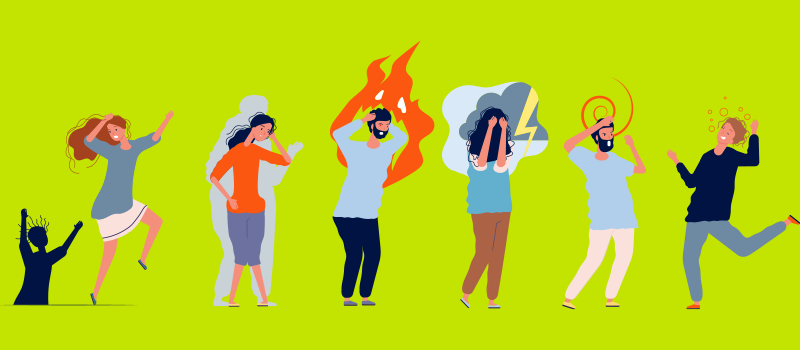

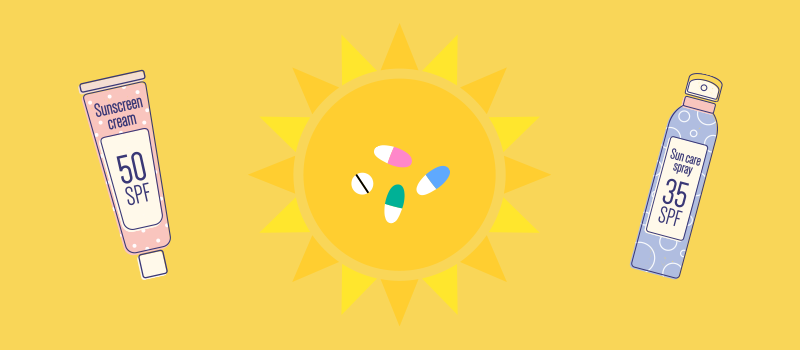
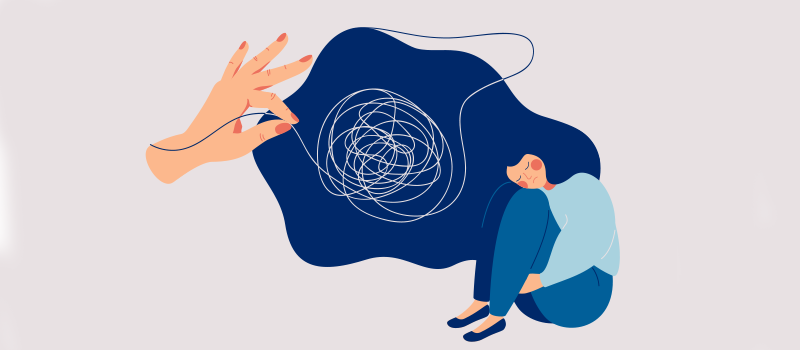
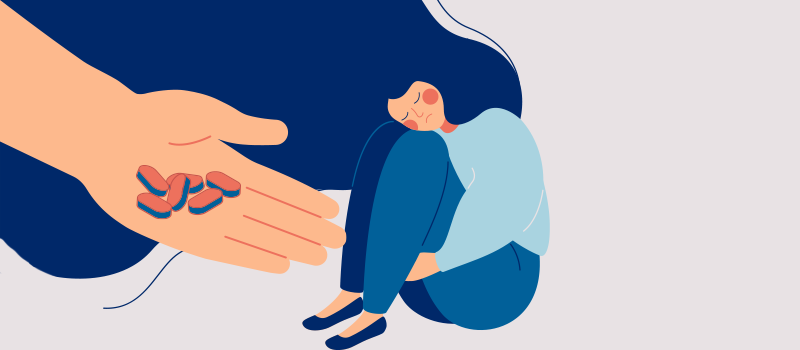

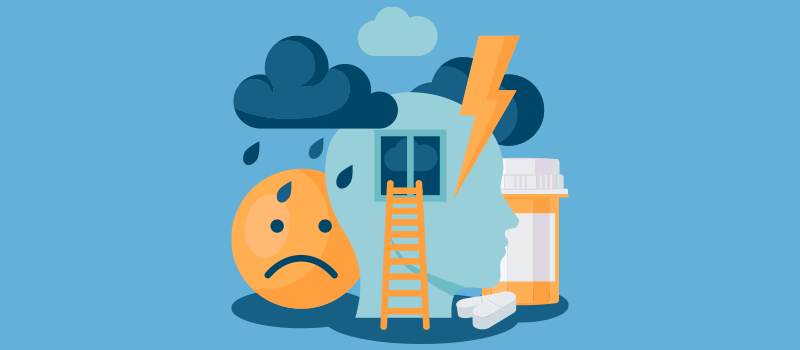


SOCIAL